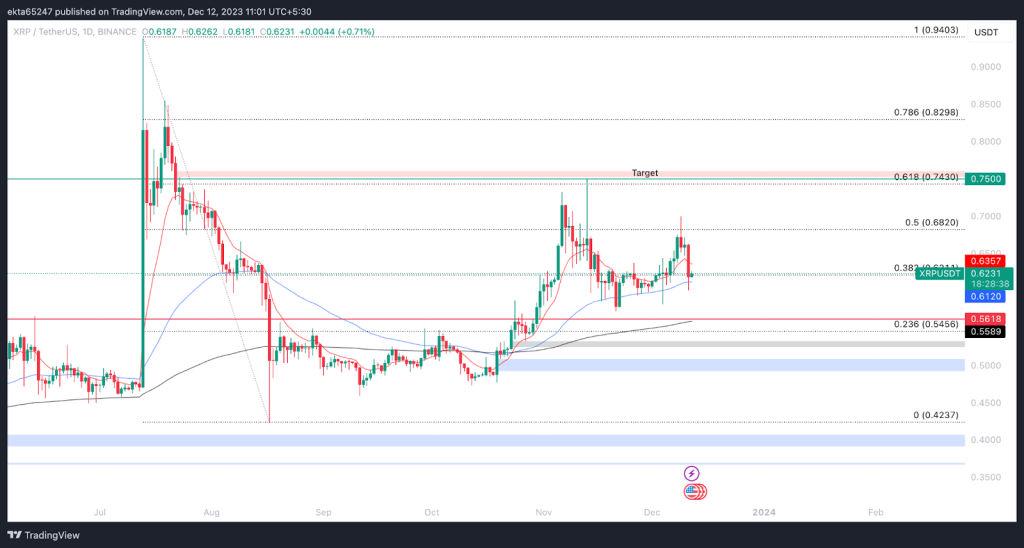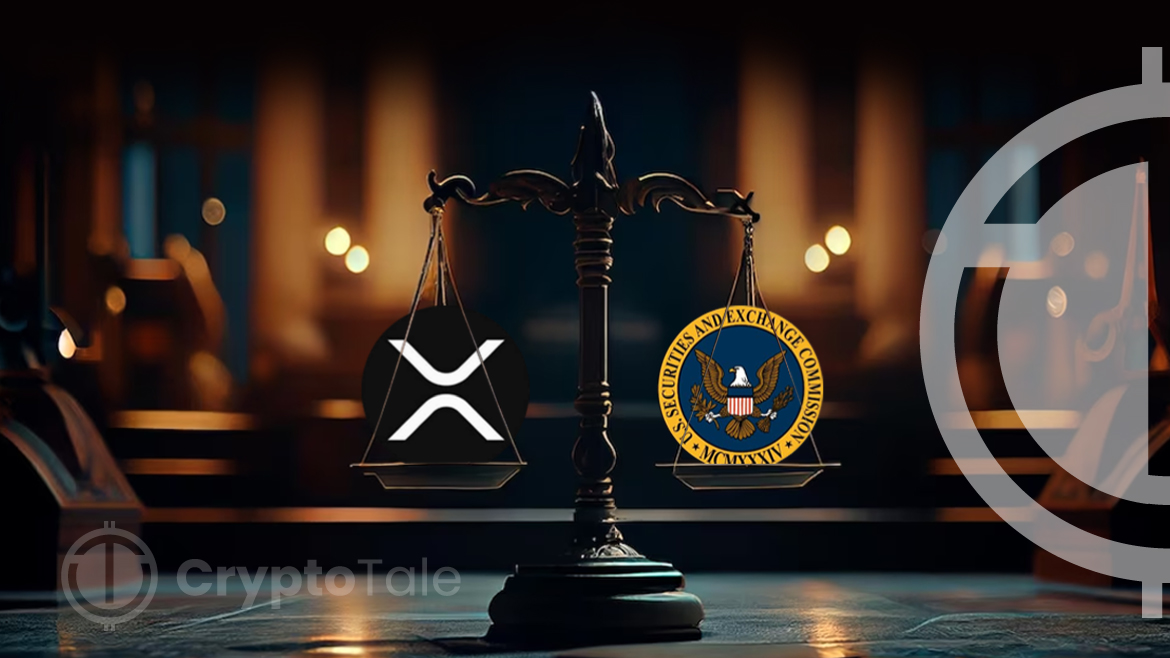- Judge Torres’ ruling in the SEC v. Ripple lawsuit reshapes crypto regulations, emphasizing adaptability over stifling laws.
- Legal expert J.W. Verret sees the ruling as a blueprint for crypto firms, balancing regulation and innovation in the industry.
- Judge Torres’ Howey Test application cements XRP’s non-security status, signaling a pivotal framework for crypto firms navigating regulatory pressures.
Amidst the evolving landscape of digital asset regulation, the recent verdict in the SEC v. Ripple lawsuit has emerged as a pivotal moment, offering insights into the regulatory landscape governing digital assets. Judge Torres’ decisive ruling marked a significant turn, preventing what many experts saw as an attempt by the Securities and Exchange Commission (SEC) to bypass existing laws.
According to a recent report, a prominent legal expert, J.W. Verret, shared his perspective on the lawsuit’s outcome, emphasizing its role as a guiding framework for cryptocurrency firms facing regulatory pressures. Verret echoed sentiments that the ruling signifies a balance between regulation and fostering innovation within the crypto sphere.
Judge Torres’ pivotal July 13 ruling provided Ripple with a partial victory by affirming XRP’s status as a non-security. Verret noted that Torres’ application of the Howey Test, a criterion established in 1946, prevented the SEC from presenting alternative facts. As per Verret’s analysis, this approach underscored the insufficiency of the SEC’s argument against XRP’s non-security classification.
Delving into the specifics, Judge Torres meticulously scrutinized individual sales categories, highlighting that most transactions didn’t meet the criteria for securities sales, primarily involving blind bid/ask processes. Affidavits presented in court led the judge to conclude that XRP does not qualify as a security. The court ruling also highlighted the SEC’s inability to substantiate how Ripple’s public communications about XRP affected buyers, strengthening the case that XRP doesn’t represent an investment contract between buyers and Ripple.
Meanwhile, the cryptocurrency market witnessed a downturn, with Bitcoin plummeting below the $42,000 mark, triggering a ripple effect across altcoins, including XRP. Despite this setback, XRP defended the $0.6000 level and remained above its crucial 50- and 200-day Exponential Moving Averages (EMA) at $0.6119 and $0.5589, as depicted in the accompanying chart.
XRP is trading at $0.6218, indicating a decrease of 0.59% within the last 24 hours, while experiencing a growth of 1.37% over the preceding 7 days. XRP’s price falling beneath $0.6000 could confirm a bearish trend, potentially driving it down further to $0.5456. However, as long as the altcoin remains above its long-term EMAs, a recovery to the $0.6820 level is probable.

The Ripple lawsuit outcome, while impacting the legal status of XRP, has also significantly contributed to shaping the regulatory landscape for cryptocurrencies, ushering in a more adaptable approach that seeks to balance oversight without stifling innovation. As the cryptocurrency industry continues to expand and mature, it is essential to establish a regulatory framework that safeguards the interests of all stakeholders while promoting growth and innovation in the sector.






